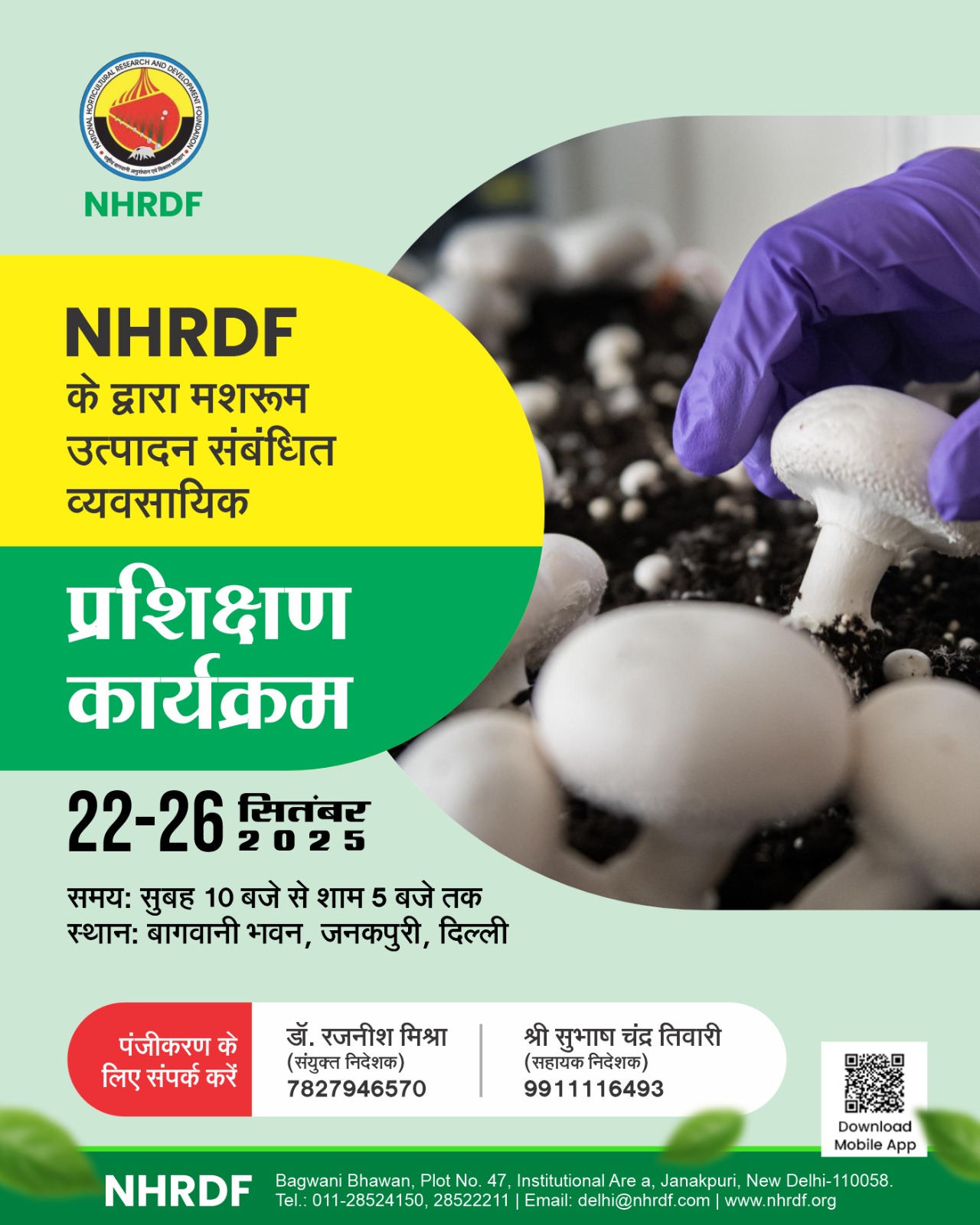My Popup


Lemolar in Germany traced the pungency and flavour of onions due to a sulphur compound present in very small amount (about 0.005%) in volatile oil of the plant juice. The compound is allyl propyle disulfide, sometimes called allyl sulfide. It contains 43.6% sulphur. Some varieties (more pungent) show more than twice as much volatile sulphur as others. Recently 2 new cyclic sulphur compounds, Cis-and trans-3, 5-diethyl, 1,2,4-trithiolene , have been identified to be present in onions. Red colour of onion is due to anthocyanin while yellow due to quercetin.
In the "Garuda Puran", the Sanskrit word palandu which means onion, has been mentioned and great sages like Maharshi Atreya and Lord Dhanwantri have described the use of onions in detail. There is also a description of kandarpa varishya vati, in which onions along with nutmeg, mace, cinnamon, clove and cardamom are combined with the seeds of Mucuna pruriens ( Kauncha beeja ), taken daily in the morning and at bed time, it is good toner for the body as a whole.
Onions are carminative, melt the phlegm and oil extracted from them is volatile. When a patient’s condition is serious, particularly when the feet become cold, fresh onion juice is rubbed all over the body, or is given orally. It brings stamina, vim, vigour and vitality. If a person suddenly becomes unconscious, the fumes of a crushed onion make him return to consciousness. For people suffering from earache, a couple of drops of fresh onion juice poured into ear have a beneficial effect. Even today people from the villages eat onions and jaggery (gur) with water to overcome fatigue and exhaustion after a long walking.
Onions are very beneficial to women with scanty and painful menses. In case of sunstroke, use of onions relieves thirst and mitigates the effects of the sunstroke. Besides, onion has several medicinal uses described by various authors as remedy or cure for different ailments.
The Chemical composition of onion is given as under:
Nutritive value per 100 g of onion
|
Particulars |
Big Onion (1) |
Small Onion (1) |
Onion stalks (1) |
Dehydrated onion (2) |
|
Moisture (g) |
86.6 |
84.3 |
87.6 |
4.6 |
|
Protein (g) |
1.2 |
1.8 |
0.9 |
10.6 |
|
Fat (g) |
0.1 |
0.1 |
0.2 |
0.8 |
|
Minerals (g) |
0.4 |
0.6 |
0.8 |
3.5 |
|
Fibre (g) |
0.6 |
0.6 |
1.6 |
6.4 |
|
Carbohydrate (g) |
11.1 |
12.6 |
8.9 |
74.1 |
|
Energy (K cal) |
50.0 |
59.0 |
41.0 |
- |
|
Calcium (mg) |
46.9 |
40.0 |
50 |
300.0 |
|
Phosphorus (mg) |
50.6 |
60.0 |
50.0 |
290.0 |
|
Iron (mg) |
0.6 |
1.2 |
7.43 |
2.0 |
|
Carotene (ug) |
-- |
15.0 |
595.0 |
-- |
|
Thiamin (mg) |
0.08 |
0.08 |
-- |
0.42 |
|
Riboflavin (mg) |
0.01 |
0.02 |
0.03 |
0.06 |
|
Niacin (mg) |
0.4 |
0.5 |
0.3 |
-- |
|
Folic acid (Total) (mg) |
6.0 |
-- |
-- |
-- |
|
Vitamin C (mg) |
11.0 |
2.0 |
17.0 |
147.0 |
|
Magnesium (mg) |
16.0 |
-- |
104.0 |
-- |
|
Sodium (mg) |
4.0 |
-- |
2.2 |
40.0 |
|
Potassium (mg) |
127.0 |
-- |
109.0 |
1000. |
|
Copper (mg) |
0.18 |
-- |
0.45 |
-- |
|
Manganese (mg) |
0.18 |
-- |
0.74 |
-- |
|
Molybdenum (mg) |
0.03 |
-- |
2.29 |
-- |
|
Zinc (mg) |
0.41 |
-- |
-- |
-- |
Source: 1. Nutritive Value of Indian Foods, NIN, Hyderabad, 2. CFTRI, Mysore.
